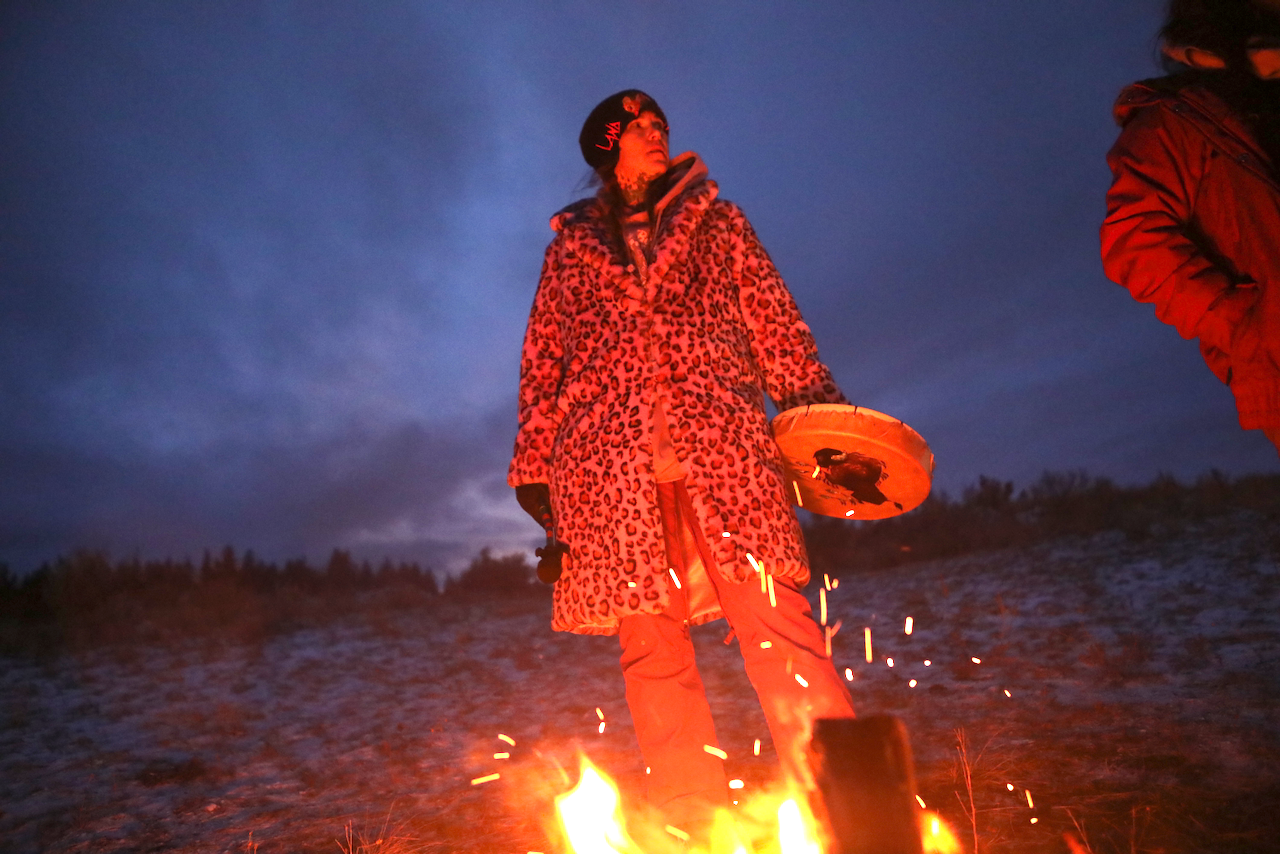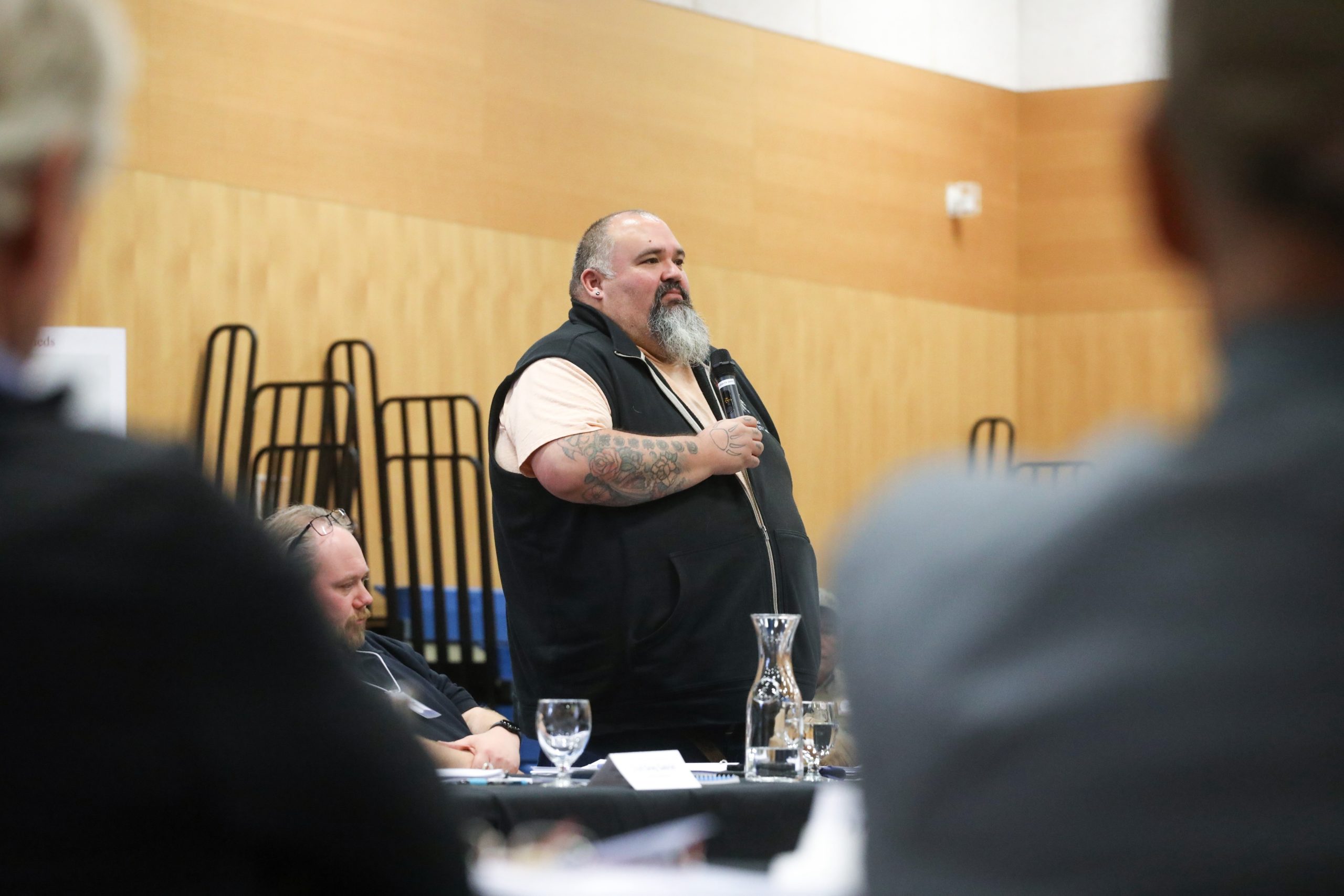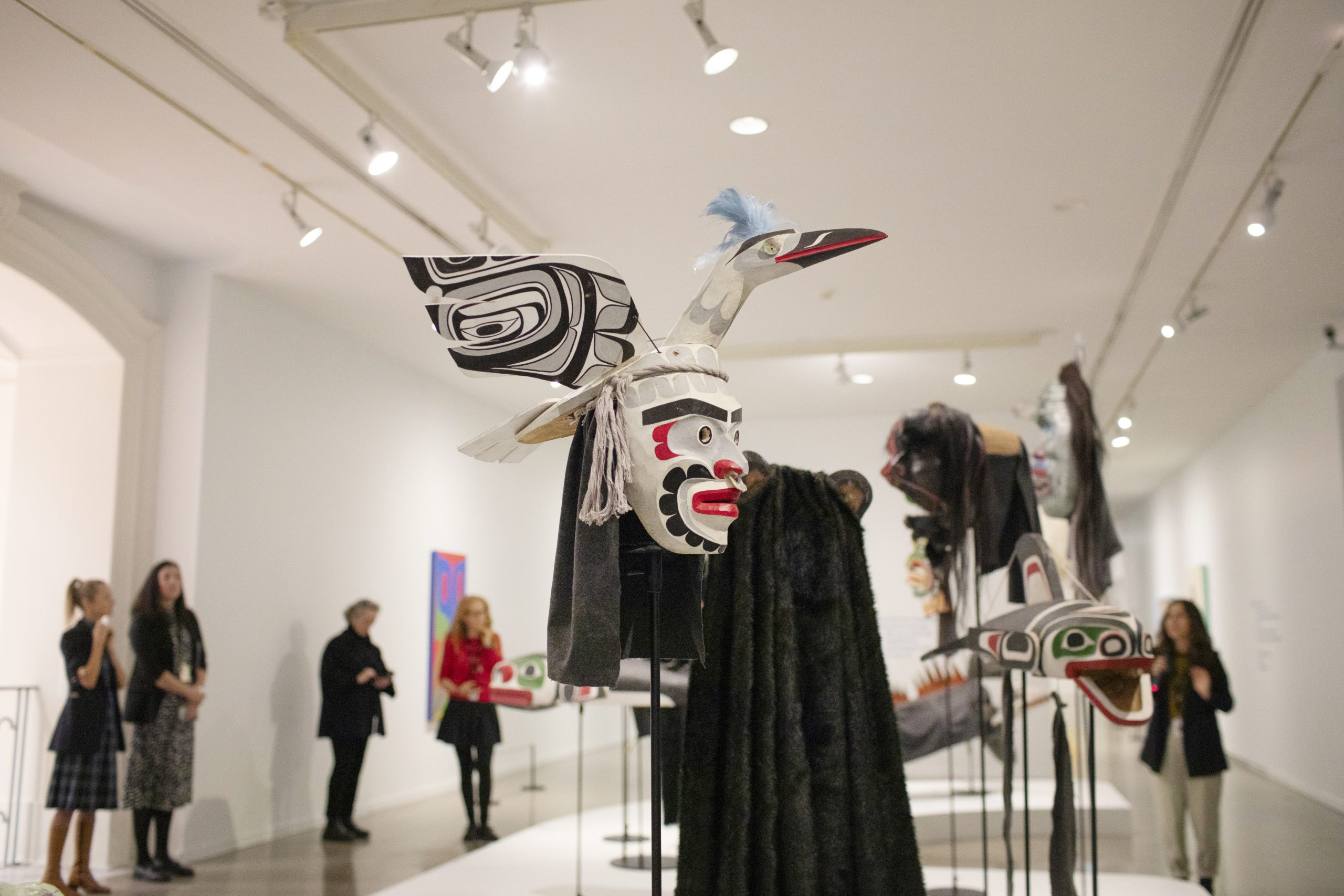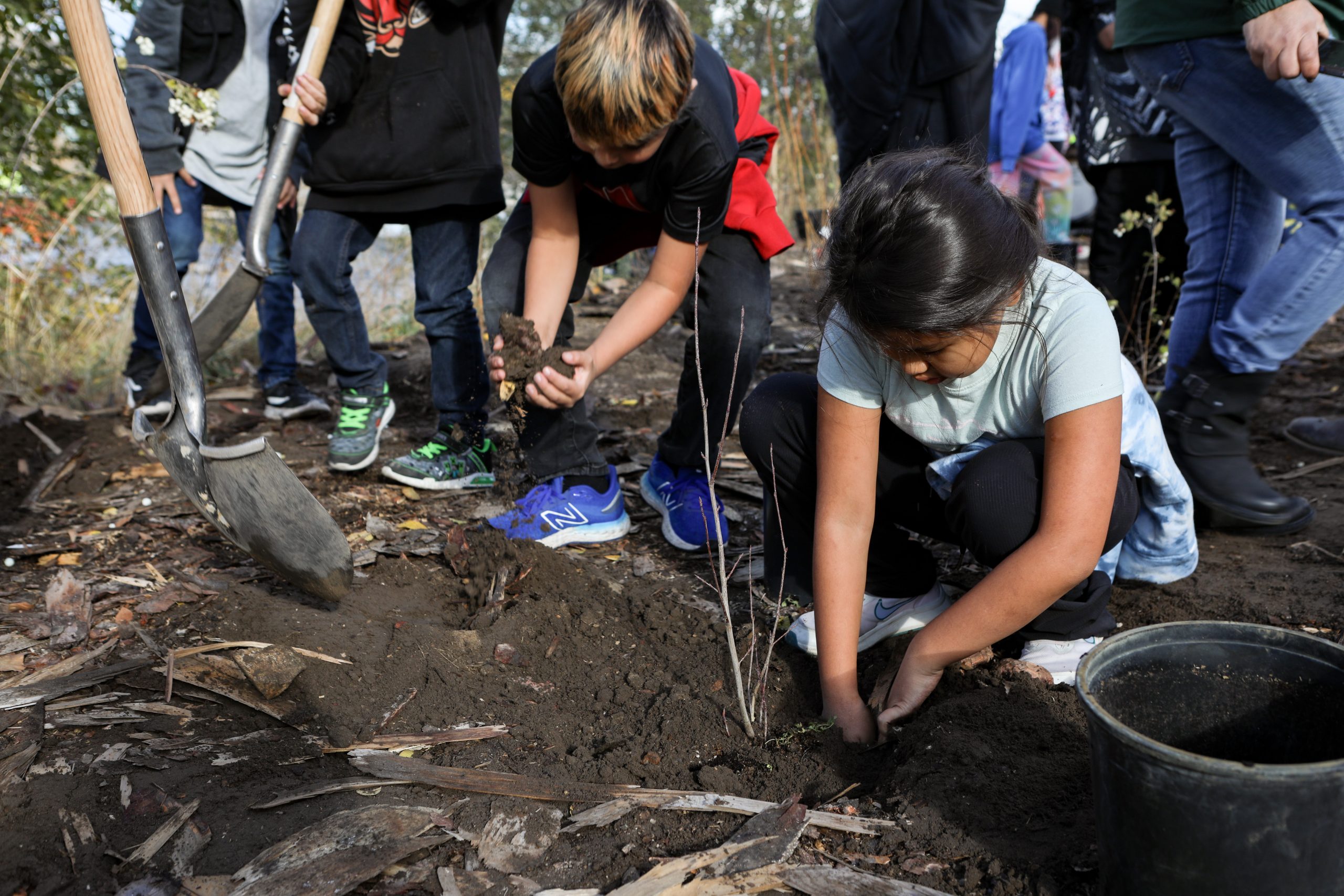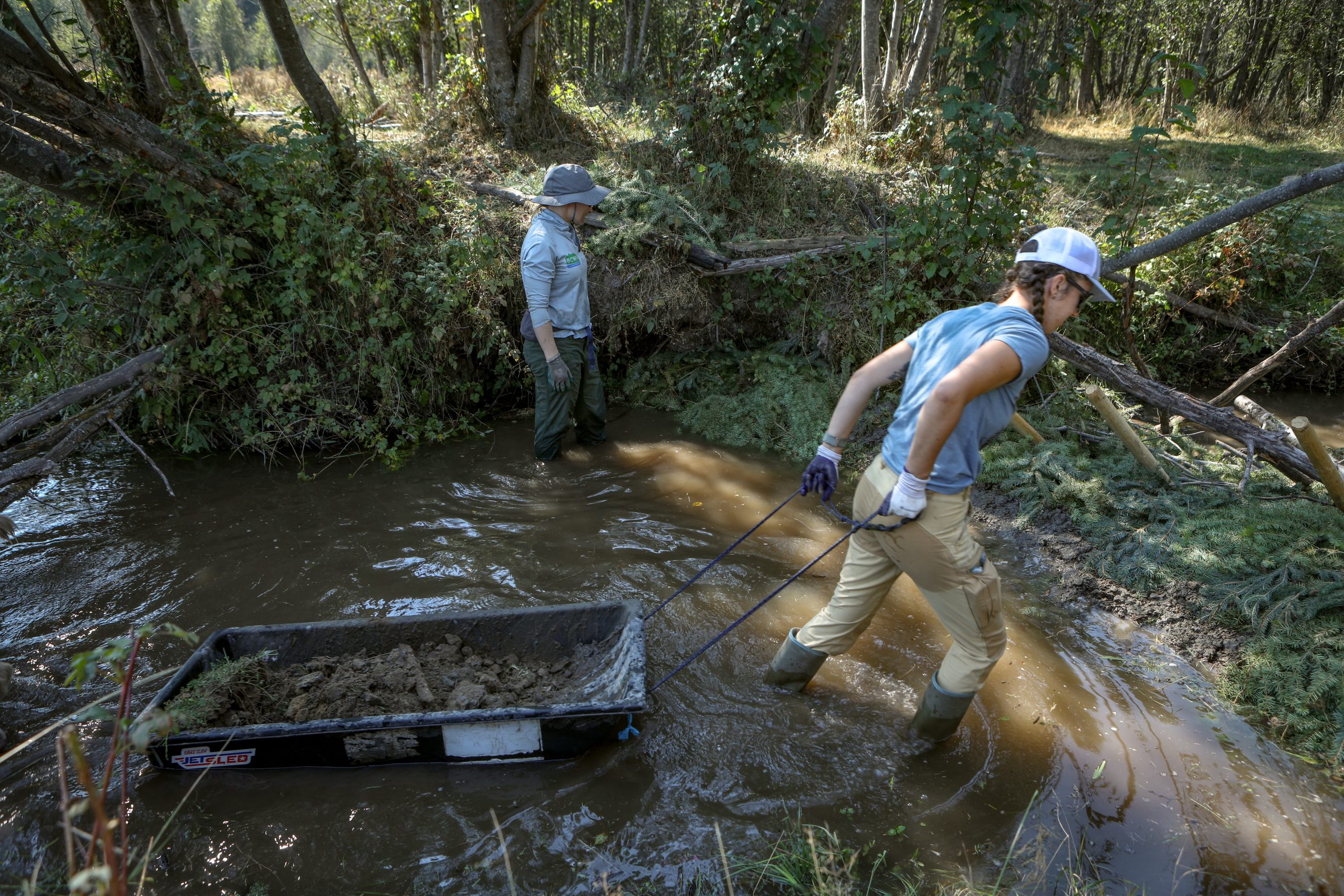A kinship connection with Bipolar Disorder inspires new album ‘Manik’
Haiden Laird, who wrote and created their 14-track album while in a manic state, creates a kinship connection with Bipolar diagnosis

In conversation with Sqilxw Two Spirit youth Haiden Laird and Syilx IndigiNews reporter Kelsie Kilawna
Haiden Laird, a 15-year-old Two Spirit Sqilxw youth, just released their first music album, ‘Manik,’ named after the manic episode they experienced during the writing process.
Laird has always had a relationship with Bipolar Disorder (BD).
According to the Canadian Mental Health Association, with BD, people experience “episodes of depression and episodes of mania.”
“Mania is an unusually high mood for the person. People may feel like their thoughts are racing and may feel hyperactive,” the website states.
Symptoms of BD will be experienced differently for everyone, and how people relate to the diagnosis is also a unique process. For Laird, it makes more sense to identify with the BD through a Syilx understanding of kinship connection rather than an illness.
Creating a kinship connection with mental health
According to some Syilx teachings, a kinship connection means “being in relation.”
These relationships can be with both the animate and inanimate — animate being something that lives, and inanimate meaning something that is present and has motion but does not have a physical body.
When Syilx people speak of “creating a kinship connection” with mental health, with addictions, or anything inanimate, we look at how we relate to these things.
Laird and I spoke about how framing mental health diagnoses as relatives can lessen the shame and stigma often connected to them, and feel more culturally relevant.
BD has been in their family for years, Laird says. Understanding BP as a being, a visitor — even a relative — feels truer to their lived experience and honours the role it plays.
The family relative
Laird first remembers the relative visiting with their mother and grandmother. While growing up in their family home, they witnessed what different episodes looked like for different people.
“It was something at the time that I never understood, but now coming to this place, I really understand it and the idea of it. I’ve seen it and have grown up with it,” Laird explains.
Birthed from Laird’s own understanding and experiences with BD, they came to understand BD as visitors coming to do work. And these visitors informed their new 14-track album.
“[The album] is called Manik for a reason. Bipolar disorder is a genetic disorder, or visitor, that is in my family, and I was beginning to understand more about my own mental health [during those visits],” Laird says.
During sleepless nights seated at the piano, they created songs inspired by these visits. They describe their genre of music as “R&B with house influence.” After hours of writing and creating, Laird began to see how visits with BD vary.
“It can either feel like anxiety, a zombie, or a state of higher static energy, like I could talk a mile a minute, or I could still have anxiety, but be more impulsive and stop caring about consequences, things like that,” Laird says.
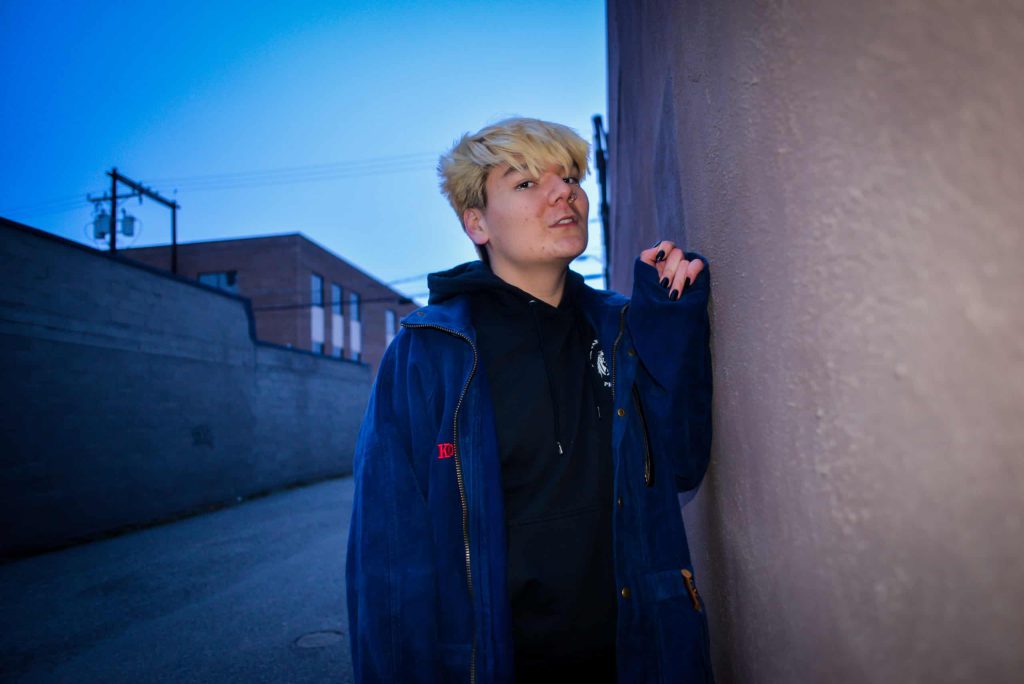
I asked what “manic” brings when they visit.
“It’s all the creativity, so they keep coming. Ideas pop in and out and say, ‘You gotta do this, or do that,’” Laird says. “When that happens, I usually create something that I really like.”
But it’s not always a pleasant visit.
“I have my highs and my lows. When you go high, you usually crash down, and it’s not much of a crash down where I get depressed — sometimes it does get to that moment — but it’s usually exhaustion, mental exhaustion,” Laird says.
When asked what they will do after hours of creating and writing, Laid says it’s time to heal.
“Healing. A long break. A break from writing. Manik has 14 tracks,” but during that time Laird actually wrote, “35-45” tracks.
‘Started from the bottom now we here’
Laird says their love for music goes back to a time when they sang their first song on the Vernon and District Performing Arts Centre Society (VDPAC) stage in 2015, when they were in fifth grade.
“I led an artist solo of a song called Ordinary Miracle from Charlotte’s Web,” Laird remembers.

After their classmates and teacher supported them, expressing their love for Laird’s unique sound, they say they began their journey in music.
Inspired by artist Lady Gaga for her fearless performing style, Laird says they taught themselves to play piano.
“I always connected to Lady Gaga so I started to play her acoustic songs on the piano in fifth grade,” Laird says. “I had a toy piano. It was a small little Casio piano I got when I was probably five. I played it for a really long time, until about sixth grade.”
Recently Laird returned to stage as part of VDPAC’s, FOCUS Online Series, which showcases local artists. Laird’s performance was done through a live stream, where they performed the song, Own the Night — a song Laird says they wrote as a thank you to their mother for helping them learn self-love.
“I was struggling with loving myself and my mom really helped me and I had no other way to tell her, ‘thank you.’ It’s a letter saying, ‘Now I’m ready to own the night.’”
You can find the full album on Laird’s soundcloud.
Author
Latest Stories
-
‘Bring her home’: How Buffalo Woman was identified as Ashlee Shingoose
The Anishininew mother as been missing since 2022 — now, her family is one step closer to bringing her home as the Province of Manitoba vows to search for her
-
Will you help us tend to the fire?
IndigiNews is launching a fundraising campaign to support our storytelling into 2026



